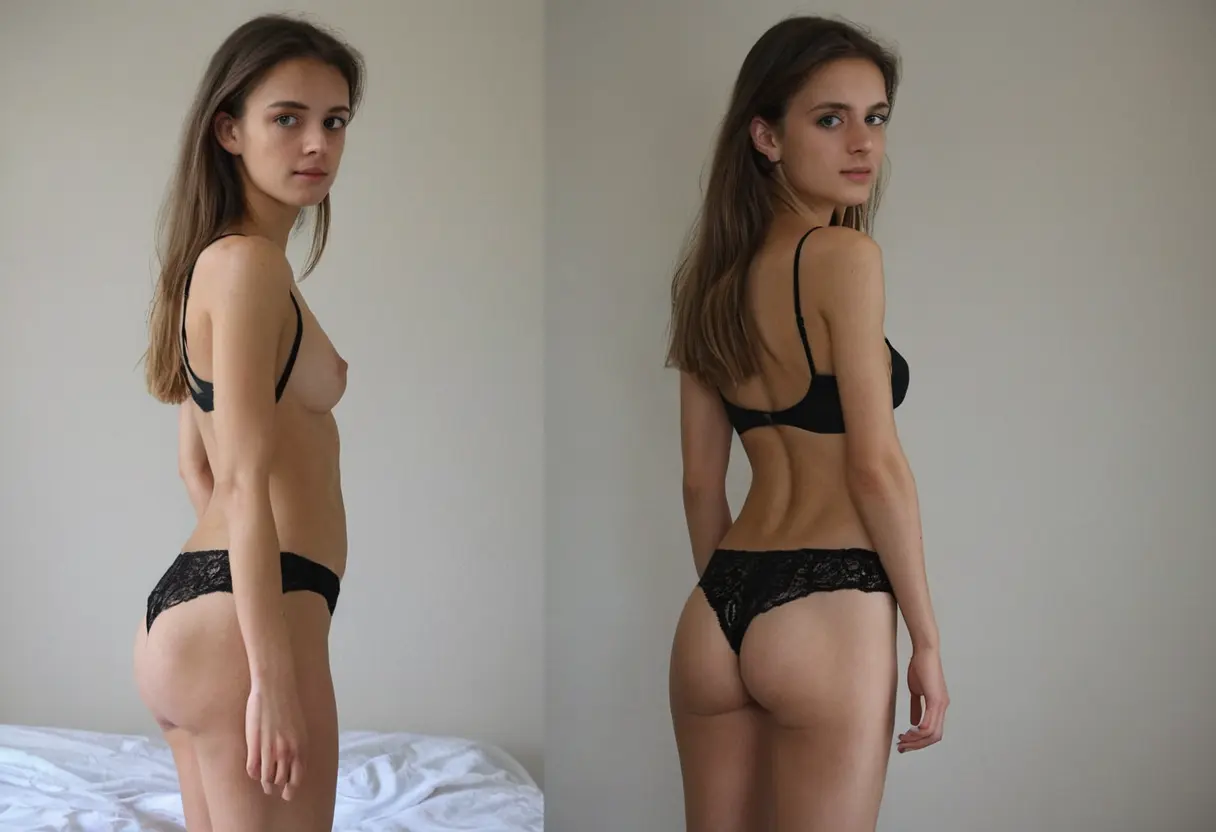The rise of artificial intelligence (AI) has brought about significant changes across various industries, and the fashion sector is no exception. One of the more intriguing developments in virtual fashion technology is the creation of AI undressing bots. These bots are sophisticated AI tools designed to simulate the process of undressing virtual models or digital avatars, which has a profound impact on how fashion is showcased and experienced online. This article will explore how AI undressing bots work, their impact on virtual fashion, and the broader implications for digital retail, gaming, and entertainment industries.
AI undressing bots are a part of the broader category of virtual assistants and machine learning algorithms used to interact with digital content. These bots are capable of "undressing" or removing clothing from digital avatars in a simulated environment. Unlike traditional methods of fashion design and modeling, where clothes are physically tried on by models, AI undressing bots allow designers and consumers to visualize how garments might appear on a digital body without any physical interaction.

The bots are typically powered by machine learning models and computer vision technology. These models analyze the design, fabric, and structure of clothing and apply algorithms to "unwrap" or simulate the undressing process. The result is a seamless transition from clothed to unclothed avatars, enabling a better understanding of fit, texture, and how the fabric moves and interacts with the virtual body.

The use of AI undressing bots in virtual fashion technology offers several practical applications, especially in the fields of e-commerce, game design, and fashion design. Below are some of the main applications:

The integration of AI undressing bots into virtual fashion technology provides a transformative experience for consumers. With virtual clothing try-ons, shoppers no longer need to physically try on garments at a store. This not only saves time but also makes the shopping experience more efficient. The bots provide an accurate representation of how the clothes would fit on an avatar with similar body types, offering a more personalized and tailored shopping experience.
Additionally, the undressing bots allow for greater customization. Users can alter their avatars to reflect different body types, sizes, and even skin tones. This inclusivity leads to a more diverse range of digital representations and ensures that consumers can see how products will look on https://www.undressaitool.comthem, regardless of their body shape or appearance.
The emergence of AI undressing bots also signals a new era for the fashion industry. Traditional fashion shows, which rely on physical models to showcase clothing, may be complemented or even replaced by virtual runways. The ability to simulate clothing on digital avatars means that fashion designers can create more inclusive, diverse, and detailed representations of their designs, without the limitations of human models.
Furthermore, AI undressing bots open up new possibilities for digital clothing—garments that exist only in the virtual world. These digital garments can be purchased and worn by avatars in games, virtual worlds, and social media platforms, creating an entirely new revenue stream for fashion brands. Designers can experiment with creative styles and concepts that may not be feasible in the physical world, pushing the boundaries of fashion as a medium.
The fashion industry will likely see a rise in collaborations between fashion brands and virtual world platforms, creating bespoke clothing lines designed exclusively for digital spaces. This evolution not only reflects changing consumer habits but also signals the growing demand for virtual and augmented reality experiences in everyday life.
While AI undressing bots provide numerous benefits, they also raise several ethical concerns. One issue is the potential for misuse, as AI technology can be used to create content that is inappropriate or offensive. Designers, developers, and tech companies must ensure that AI undressing bots are regulated and used responsibly. This includes setting clear boundaries around the creation and distribution of virtual clothing, as well as ensuring the privacy and security of users' data.
Additionally, there are concerns about the potential impact of these technologies on the fashion industry. As digital clothing becomes more prevalent, it may reduce demand for physical clothing, especially for consumers who prefer virtual clothing options. This could affect the traditional fashion supply chain, from manufacturing to retail, leading to potential job losses or shifts in industry dynamics.
AI undressing bots are rapidly reshaping the virtual fashion technology landscape, offering both opportunities and challenges. From revolutionizing how clothes are designed, tested, and sold, to enhancing the consumer experience in digital retail spaces, these bots are playing a critical role in the future of fashion. As AI technology continues to evolve, the integration of AI undressing bots will likely drive the growth of virtual fashion, further blurring the lines between the physical and digital worlds. However, it is crucial for developers, brands, and consumers to approach these innovations with caution, ensuring that ethical standards and privacy concerns are prioritized as the industry continues to grow.

Exploring the Impact of AI Undress Innovation on the Future of Online Privacy and Security

How Undressing AI Tool is Transforming Fashion and Retail Industry

How Free AI Tools are Transforming the Adult Entertainment Industry

Unlock the Power of Undress AI APK Free Download for Seamless Experience

How Undress Show AI is Revolutionizing Virtual Fashion Experiences

How to Use AI Undress Tools Free Without Creating an Account